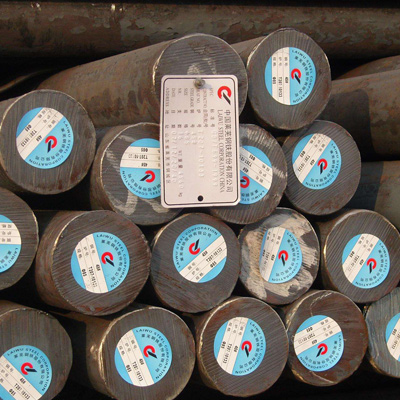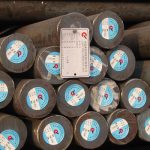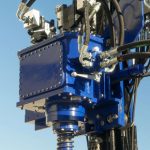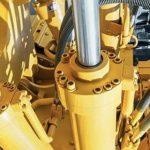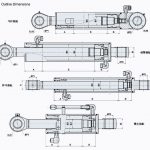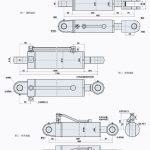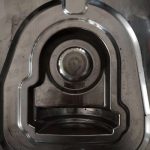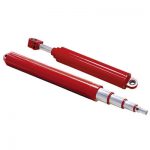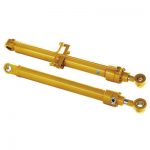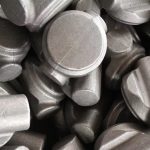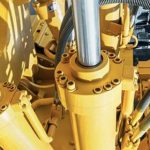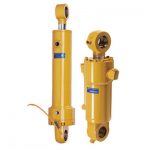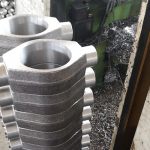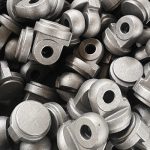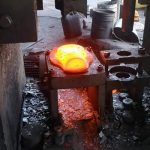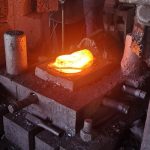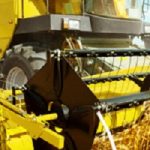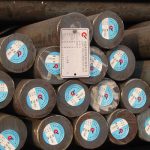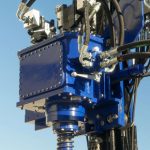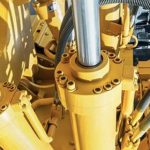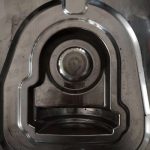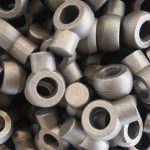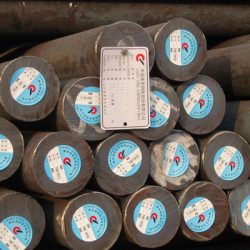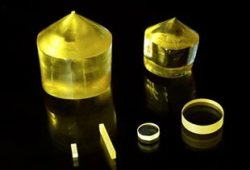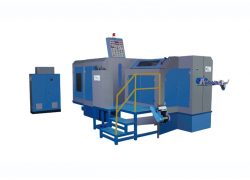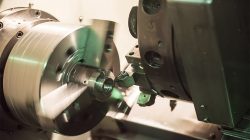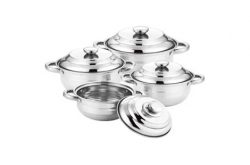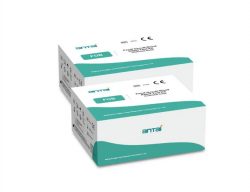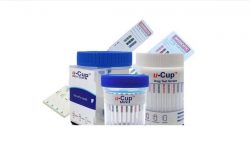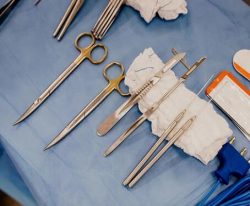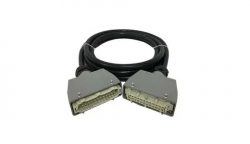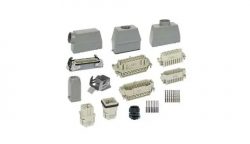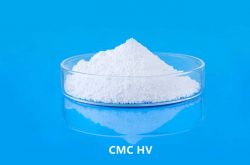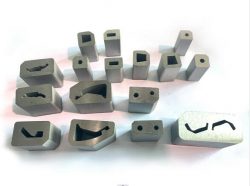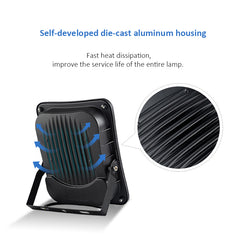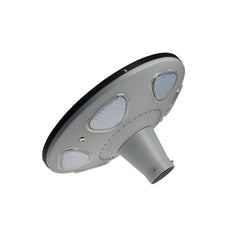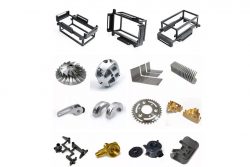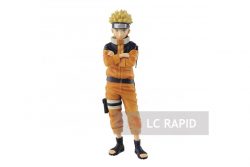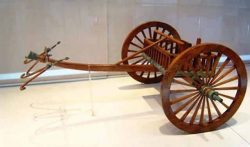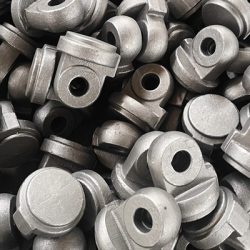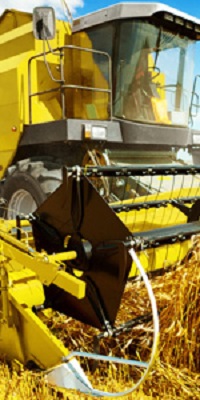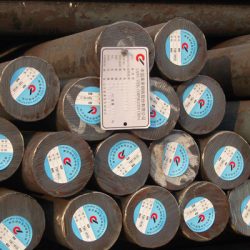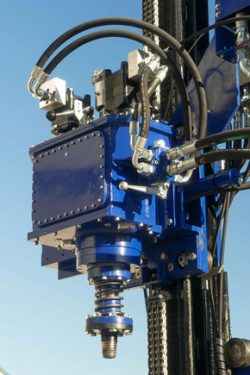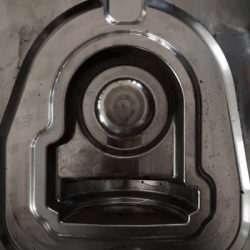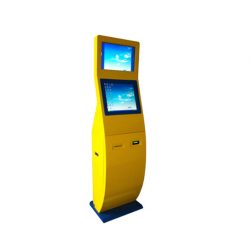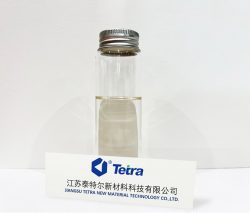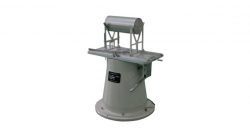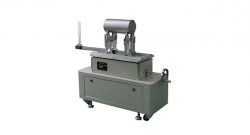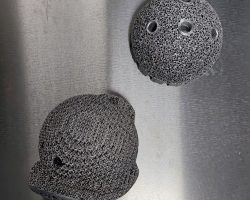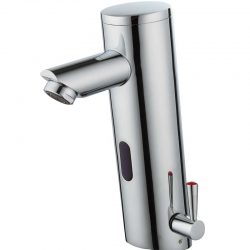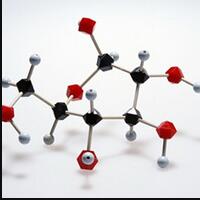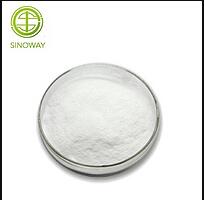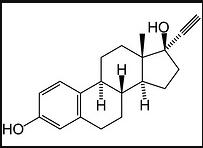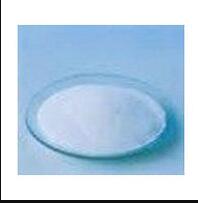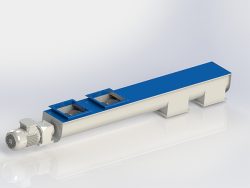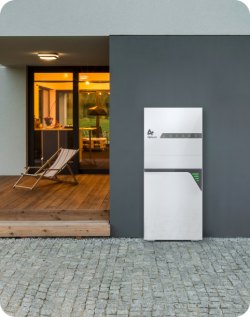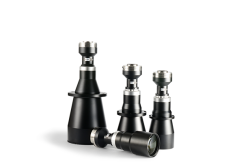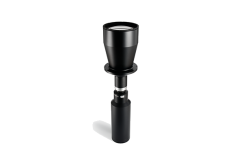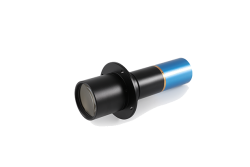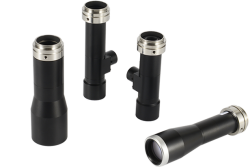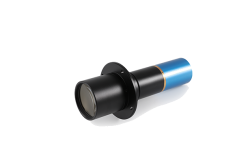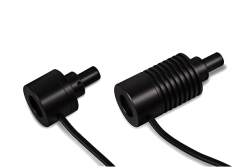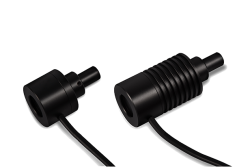Introduce the Advantages and Disadvantages of Cold Forging and Hot Forging
Introduce the Advantages and Disadvantages of Cold Forging and Hot Forging
Cold forging is a forging process that presses metal materials at room temperature. So what is hot forging? Hot forging is a forging process in which a metal material is heated to a temperature above the recrystallization temperature and below the solidus line. The recrystallization temperature is a forging process: rough calculations can take 0.4 times the melting point of the metal as the recrystallization temperature.
For forging products, the cold forging process can achieve better flatness, the hot forging process has the worst flatness, and the warm forging (the temperature of the metal material is between cold forging and hot forging) has a medium flatness.
1. The advantages and disadvantages of hot forging
Advantages:
If the temperature of the forging material is still much higher than the recrystallization temperature after the processing is completed, the grains will have a longer time to grow, and coarser grains will be obtained, which can increase the fracture toughness (lower crack growth rate).
Disadvantages:
(1) Because of high temperature operation, the danger to personnel safety and material safety is greatly raised.
(2) The material is susceptible to oxidation at high temperatures, resulting in oxide scale, resulting in surface dirt, poor smoothness and flatness.
(3) After the hot forging is completed, the forging material will shrink during the cooling process, which affects the accuracy of the forging size.
(4) The equipment and maintenance costs required for high-temperature operations are relatively high.
2. The advantages and disadvantages of cold forging
Advantages:
(1) The materials used in forging is not easy to produce oxide scale, and the surface finish is good.
(2) The precision of forging size is better.
(3) Work hardening (strain hardening) occurs during processing, which can increase the strength and hardness.
(4) The metal fiber flow direction of the forging can be made to obtain a specific directionality.
(5) No heating treatment is required, which minimizes pollution problems.
(6) No heating costs are required, reducing production costs.
Disadvantages:
(1) The plasticity and toughness of forging materials are reduced, which is unfavorable for subsequent processing.
(2) The required deformation force is greater than hot forging.
(3) Residual stress will be generated inside the material.
(4) Metal crystal grains will be deformed or broken.
The directionality during processing may not be conducive to future product use.
